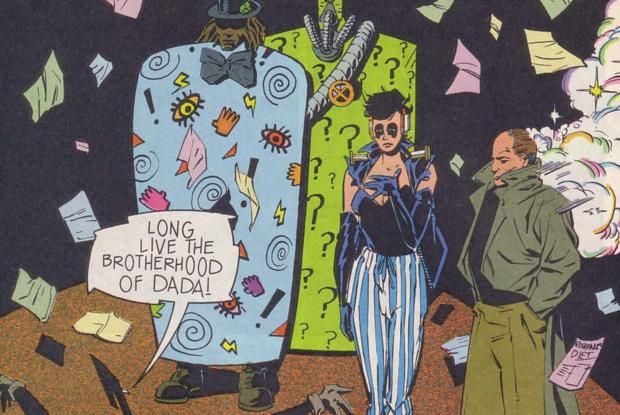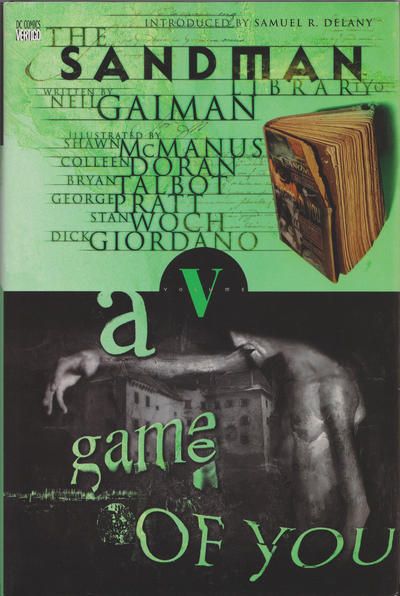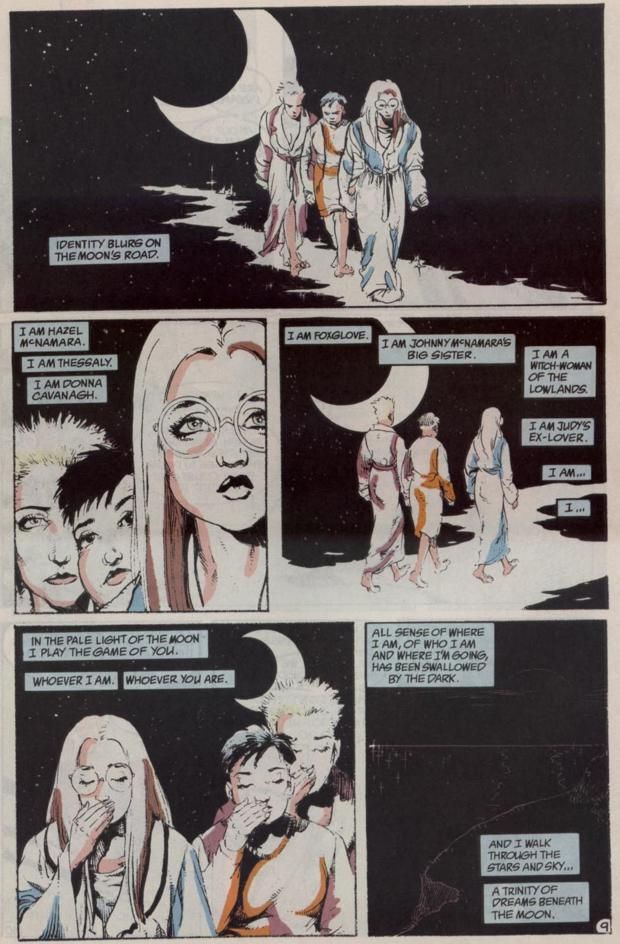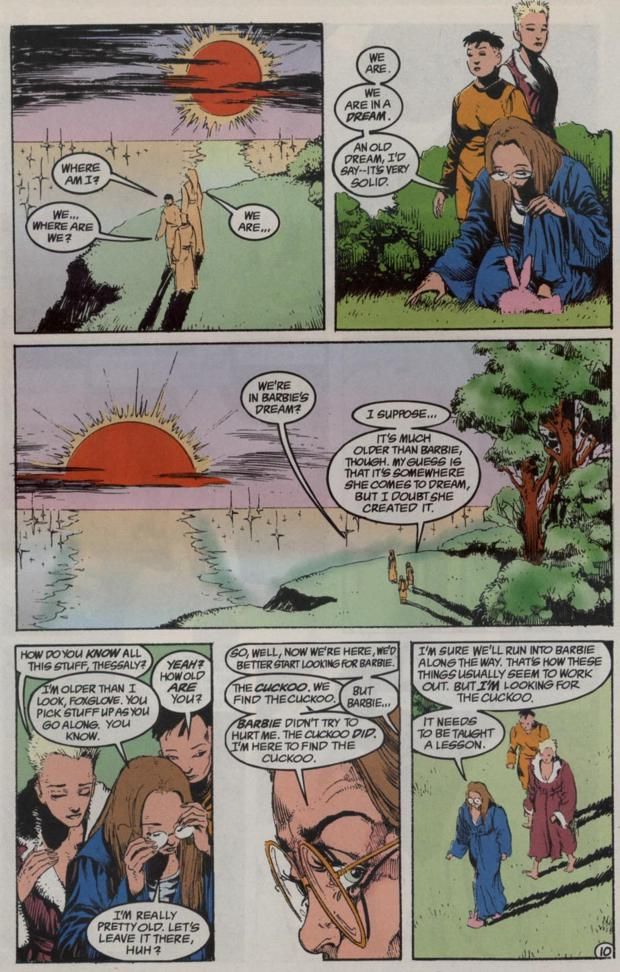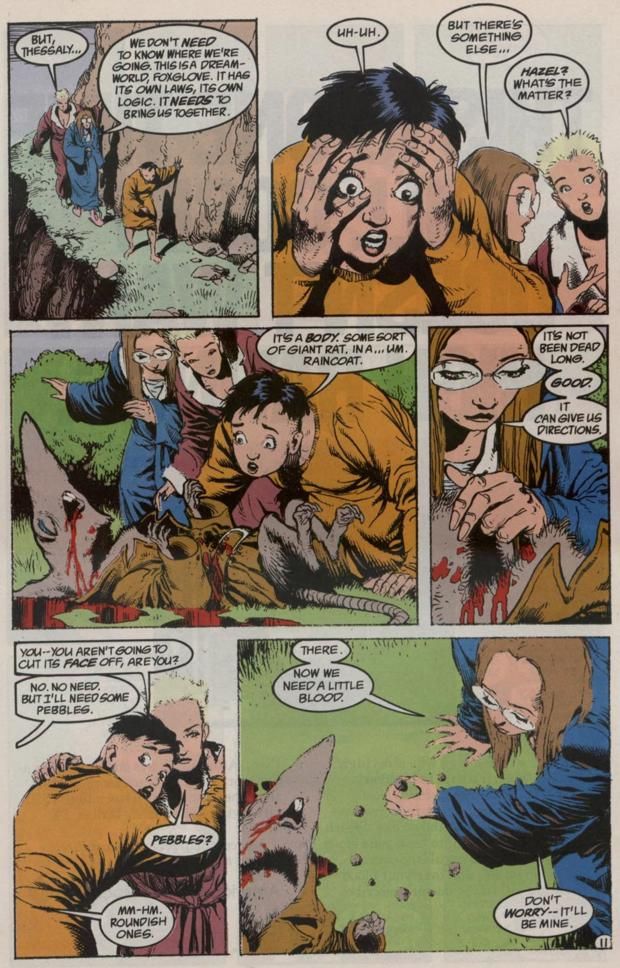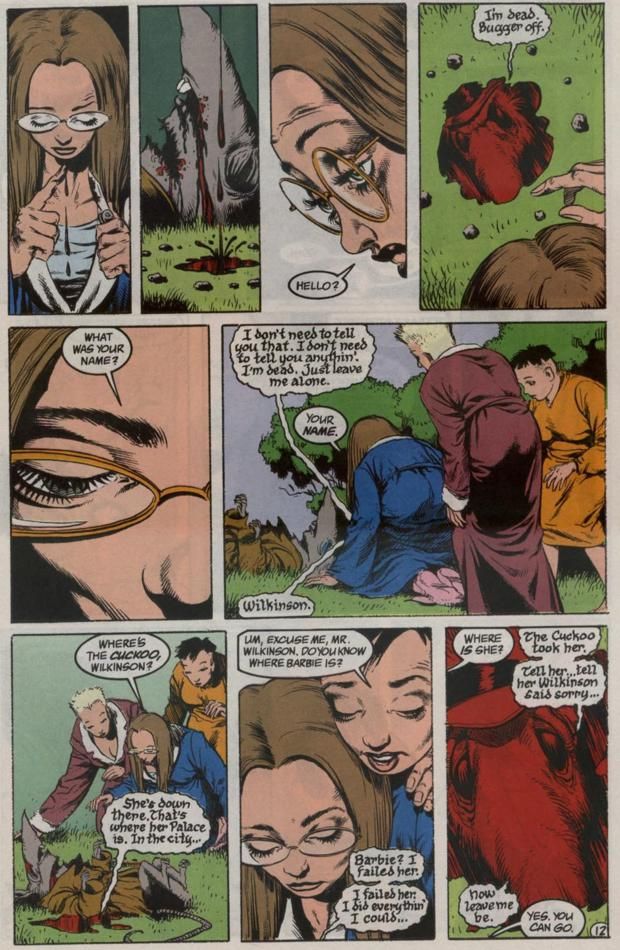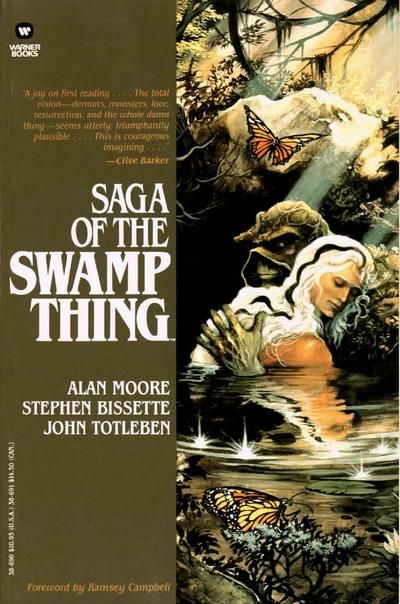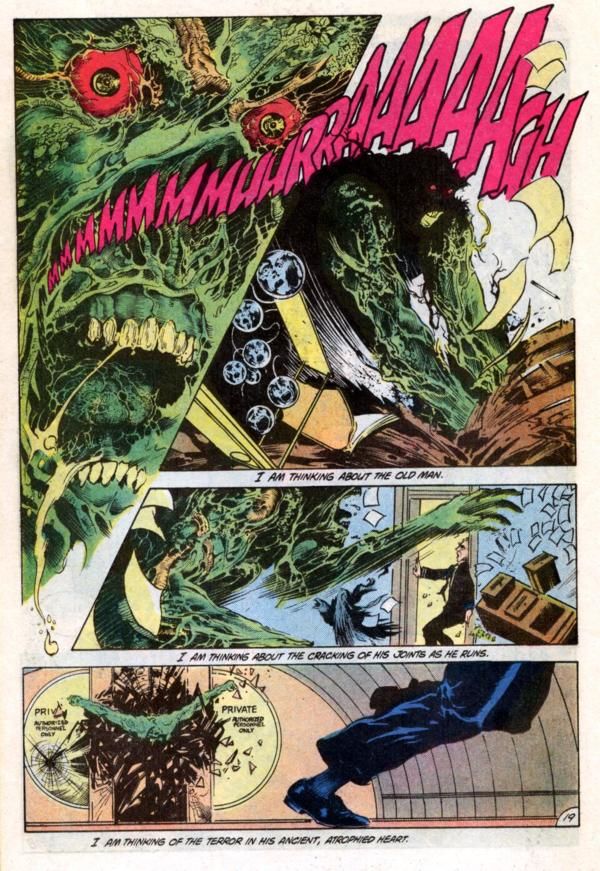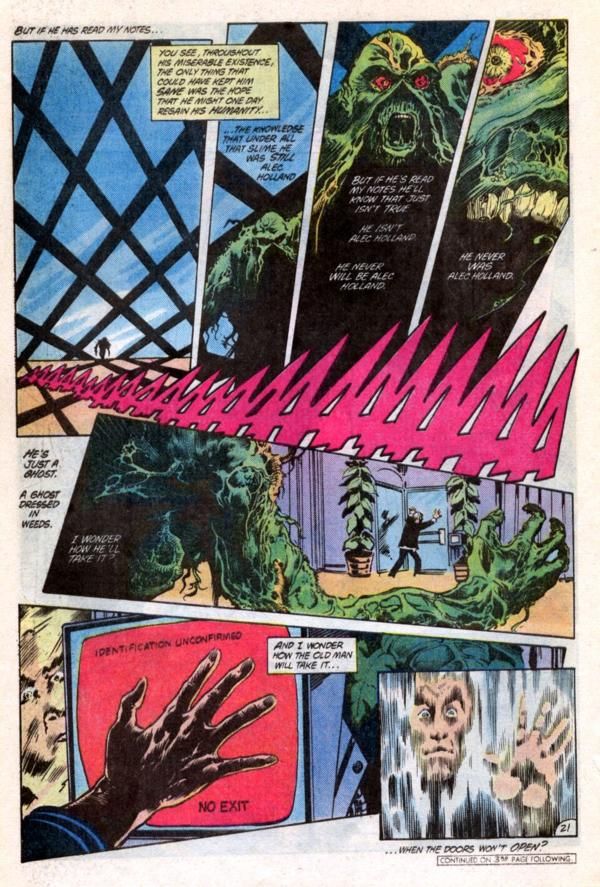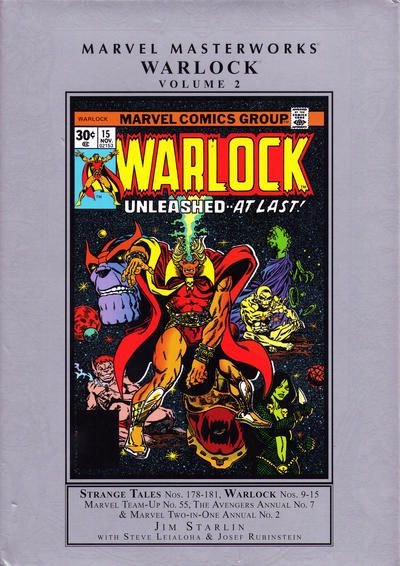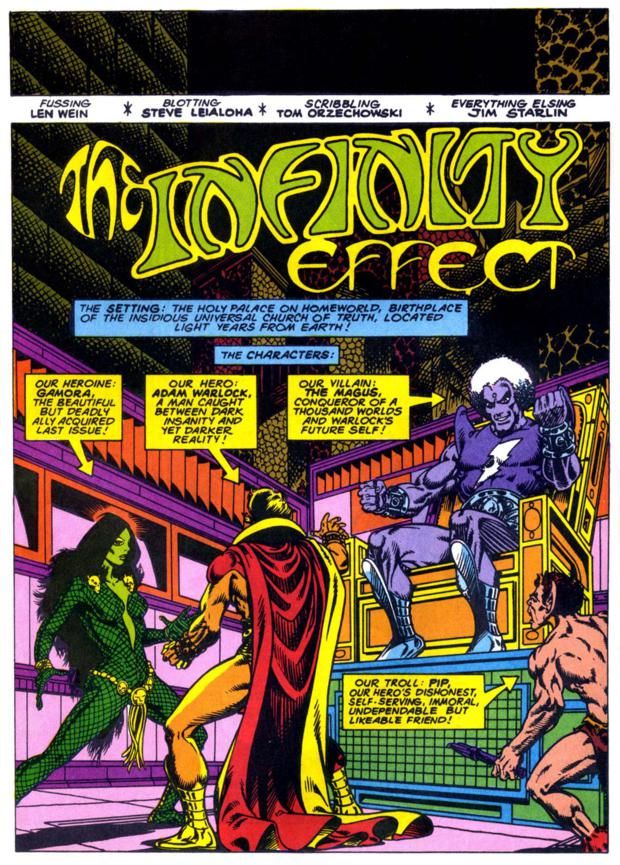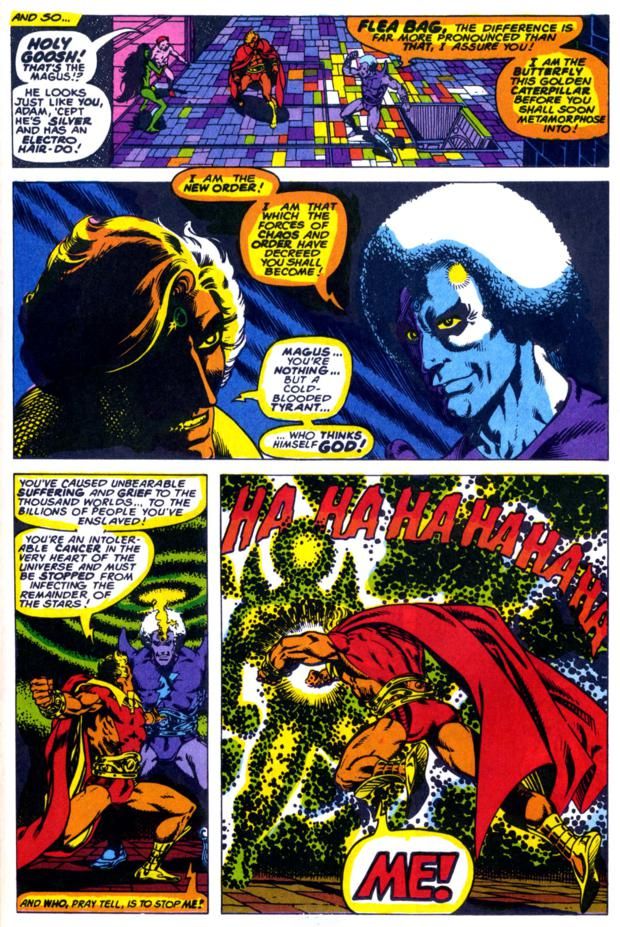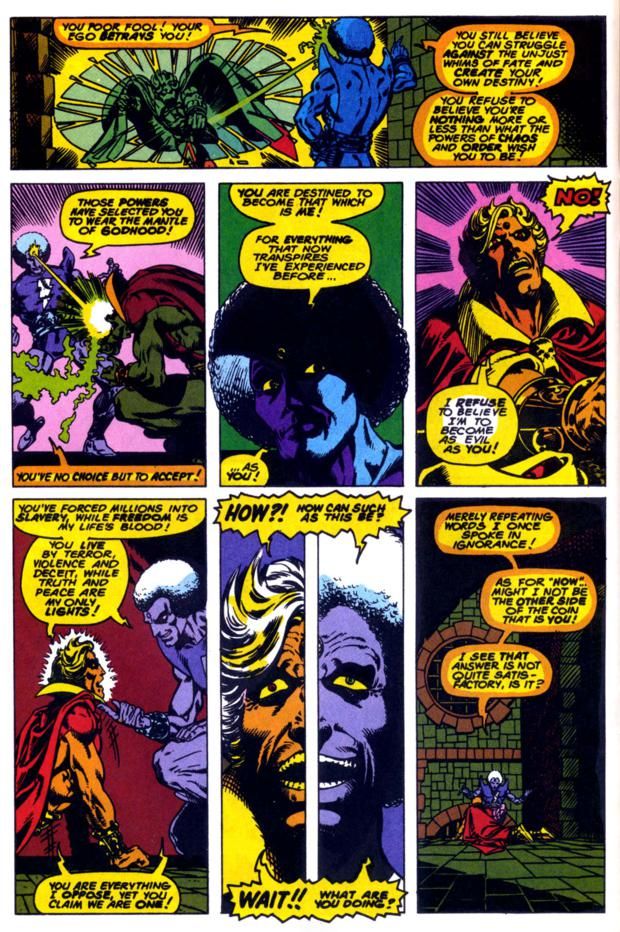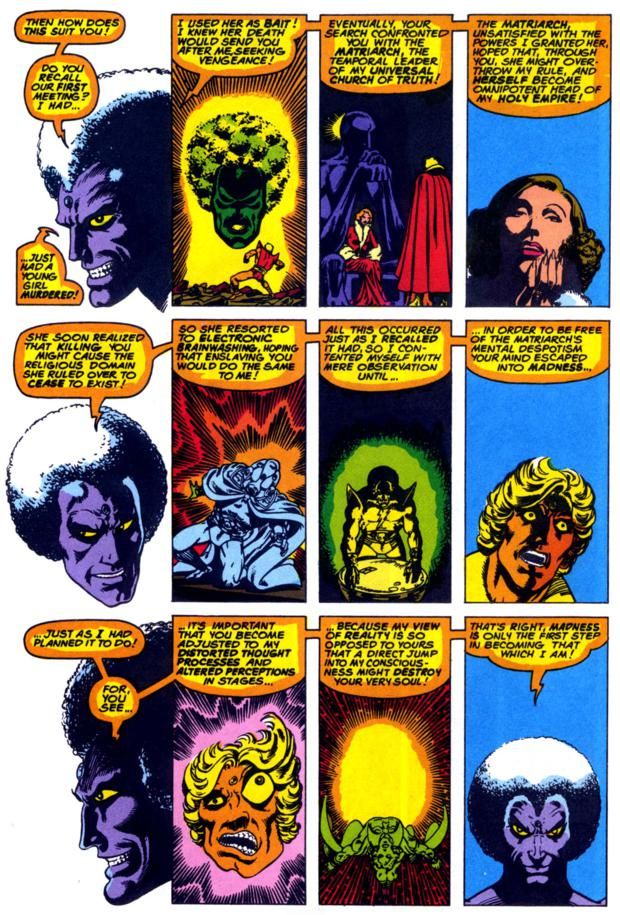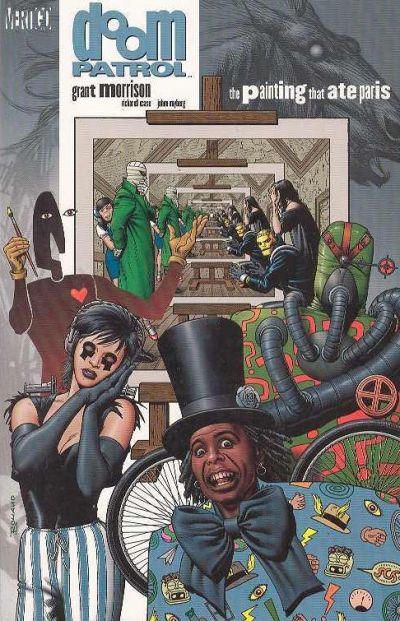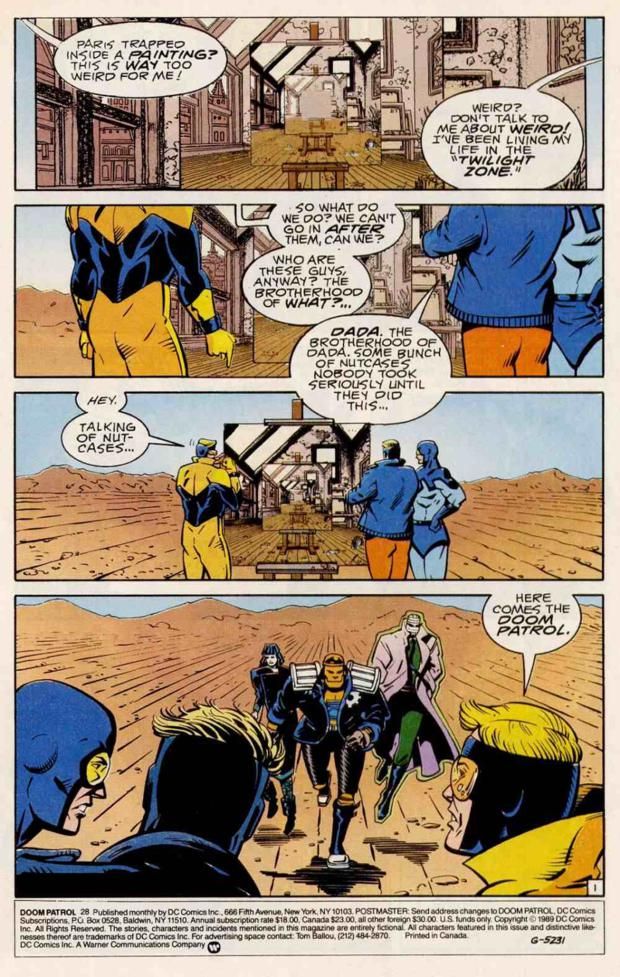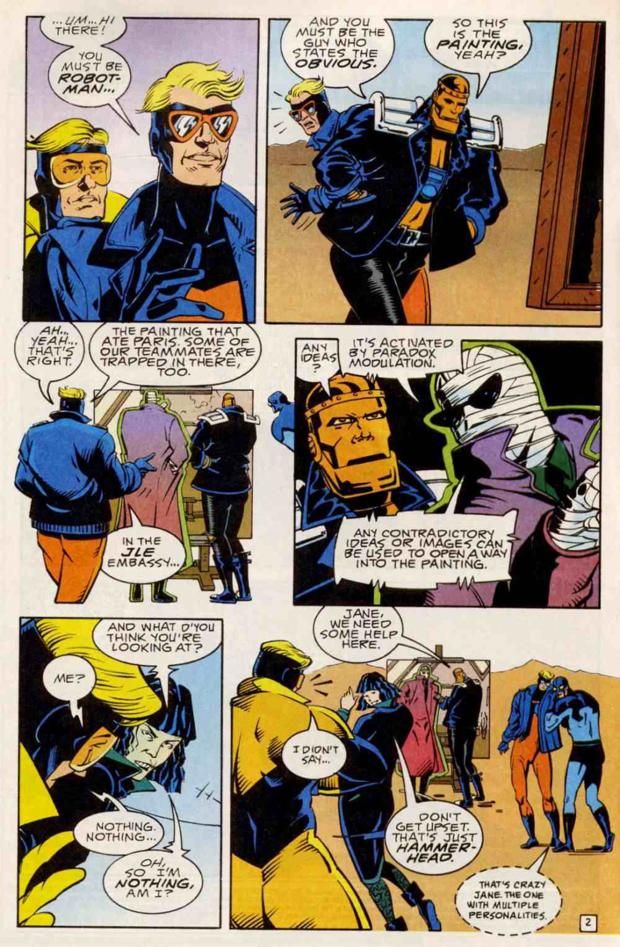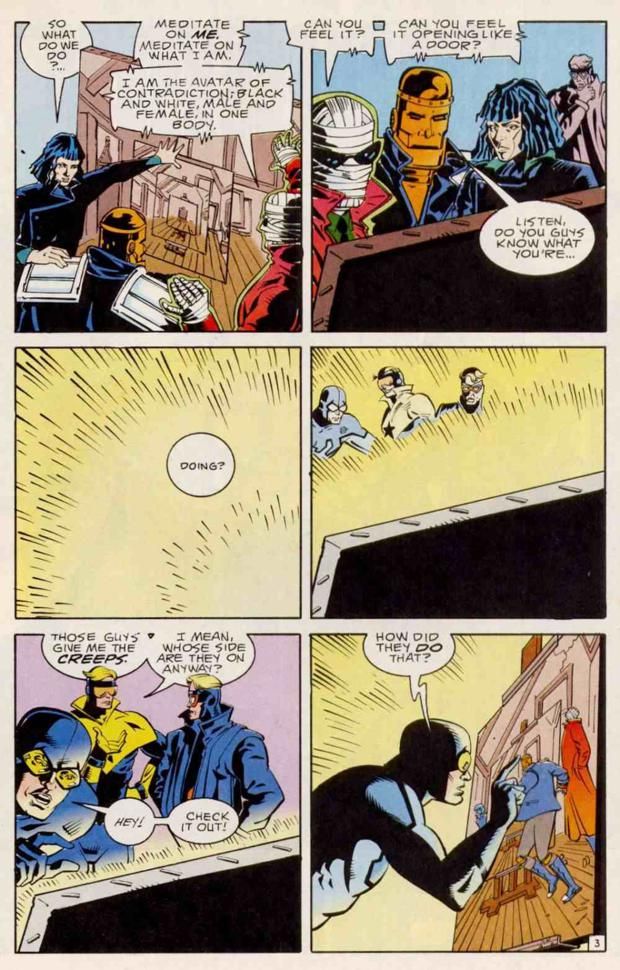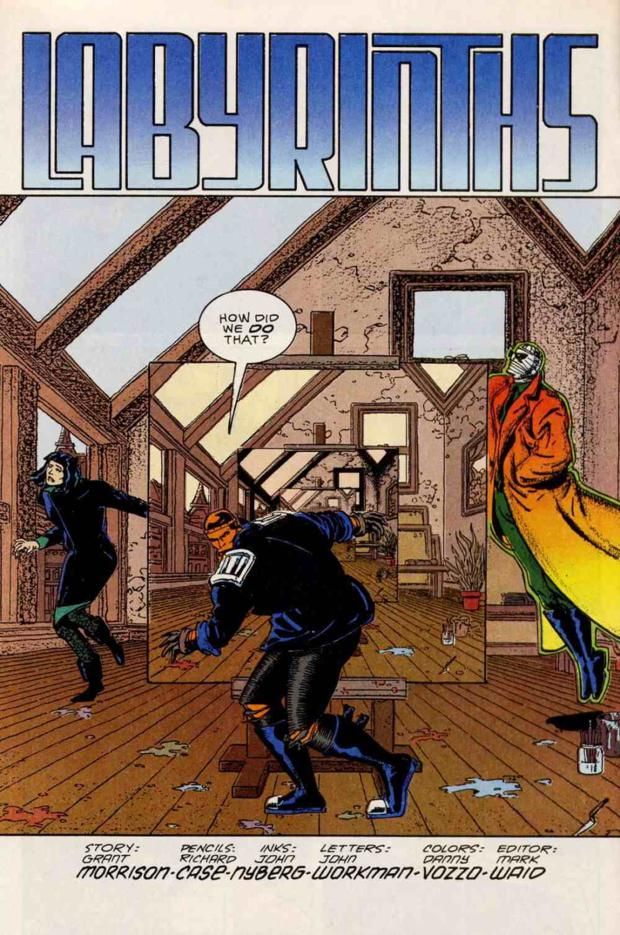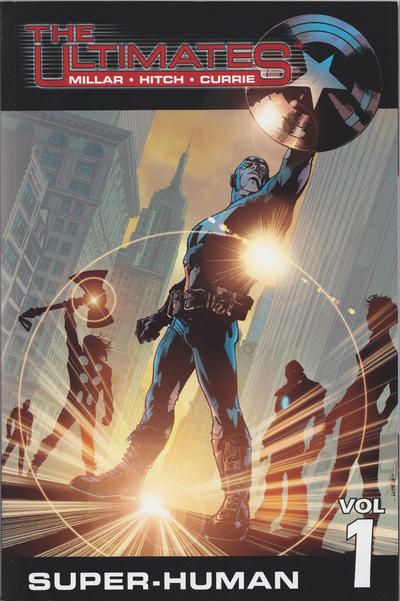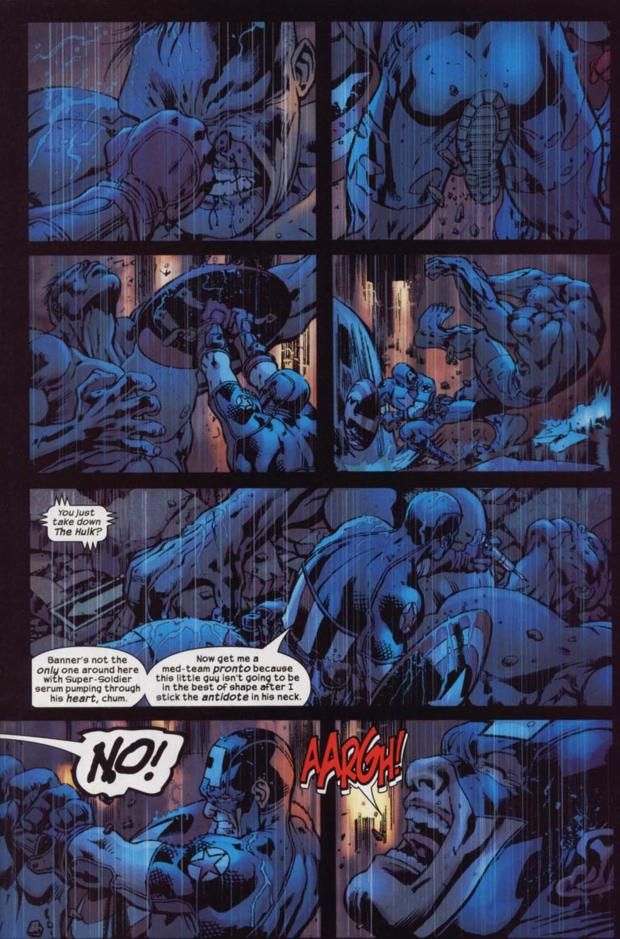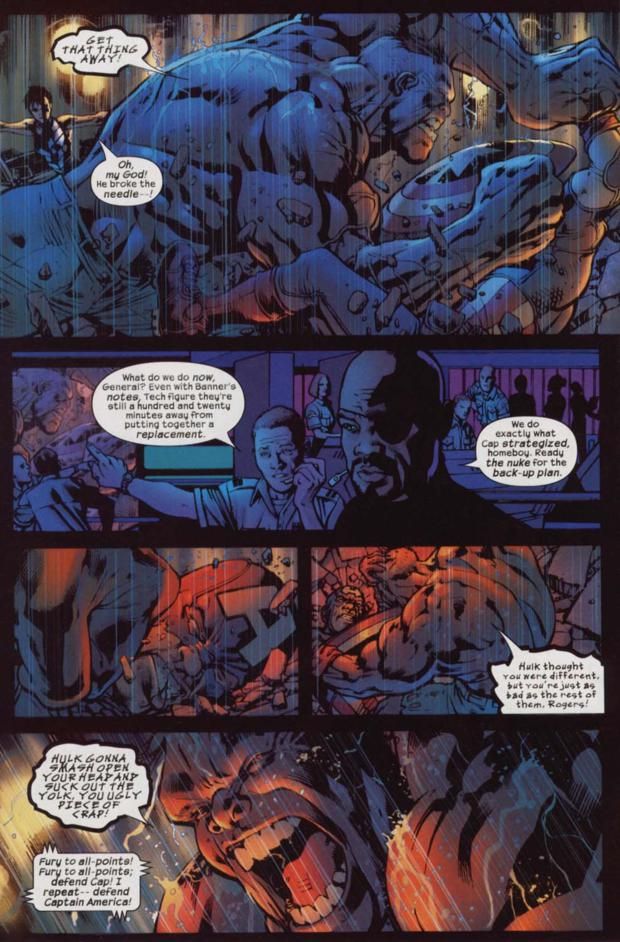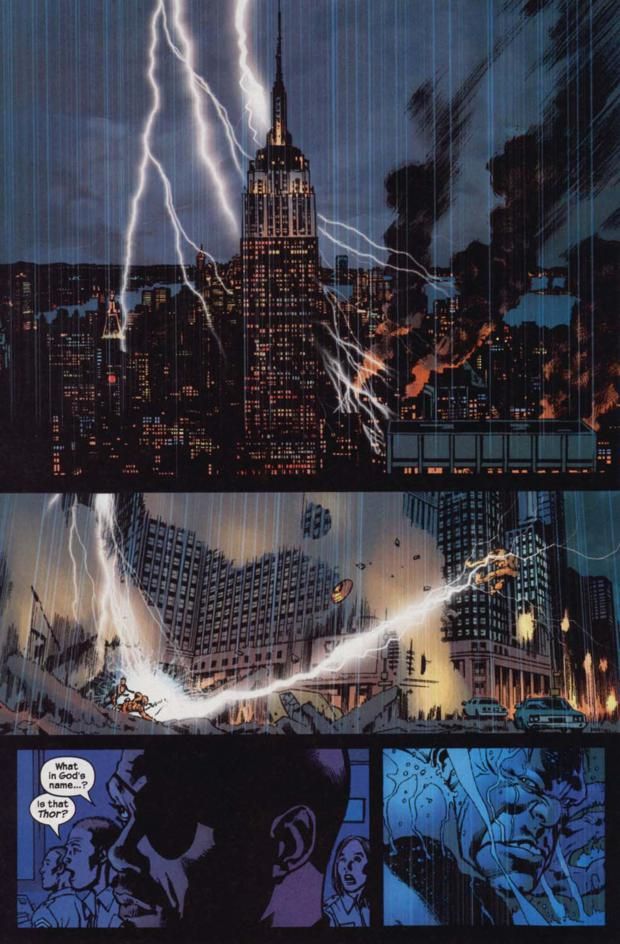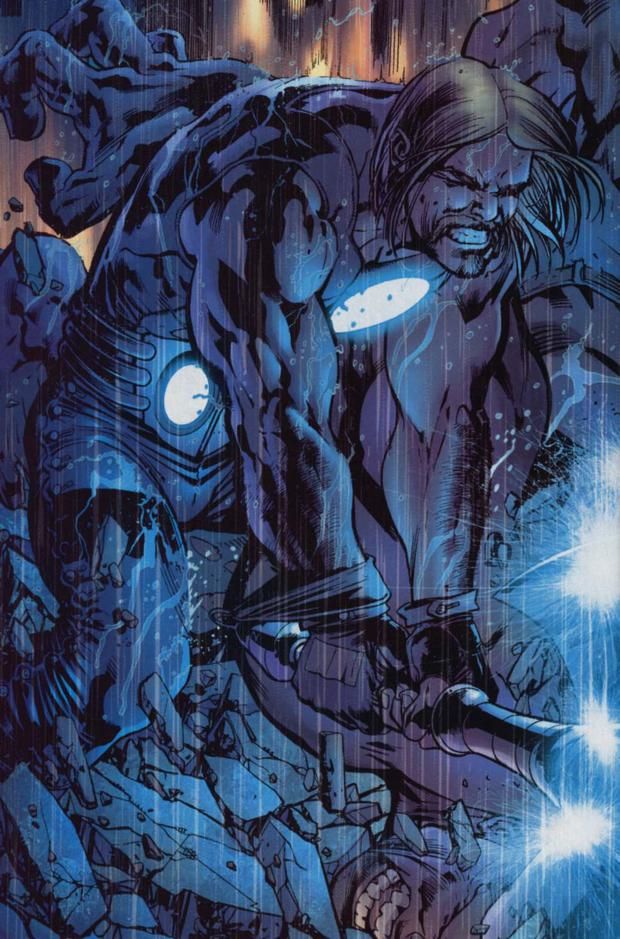Here are the next five storylines on the countdown, as voted on by you, the readers!! Here is the master list of all storylines featured so far.
Okay, as usual, the votes are more bundled together at the bottom of the list and things open up as we go along. Eventually the results will be five a day, except today (also they'll be in smaller groups as we get to the very end)! Note, there may be some spoilers ahead! You are forewarned!
Enjoy!
NOTE: All of these storyline posts will be image intensive, so I'll be spreading them over multiple pages.
70. "A Game of You" by Neil Gaiman, Colleen Doran, Shawn McManus, Bryan Talbot and many inkers (Sandman #32-37) – 148 points
One of the most intriguing aspects of "A Game of You" is the way that Neil Gaiman was able to form a whole story arc just based around a seemingly minor character from an earlier storyline.
In "A Doll's House," Barbie was one of the inhabitants of a boarding house who got caught up in the dream vortex of Rose Walker.
Now, months later, Barbie (who once dreamed of being a princess in a fairy tale land) no longer dreams.
She lives in an apartment building with a few different folks, including a lesbian couple, Hazel and Foxglove, and Barbie's best friend, Wanda, who was born a man.
However, circumstances reveal that Barbie's dream land (which she no longer dreams of) is in trouble, and she is needed to stop the evil Cuckoo from destroying all the people of "The Land." She does so, but unbenown to her, the Cuckoo has agents on Earth, as well!
Luckily, another denizen of the apartment building is the witch, Thessaly (who became a major player in the Sandman mythos). Thessaly helps stop an attack on Barbie, and then goes into "The Land" herself, along with Hazel and Foxglove, to help Barbie (in The Land, she's Princess Barbie).
The true identity of the Cuckoo is pretty awesome, by the way.
Eventually, as you would expect, Morpheus is drawn into the situation.
It's an engaging tale by Gaiman made up of interesting, well-formed characters (Wanda is one of the best depictions of a transgendered character in all of comics) on a fantastical journey.
69. "Anatomy Lesson" by Alan Moore, Stephen Bissette and John Totleben (Sage of the Swamp Thing #21-27) - 150 points (1 first place vote)
When Alan Moore took over Swamp Thing, he did something drastic in his first issue. He killed off Swamp Thing. That then led to the beginning of his first storyline (as the death of Swamp Thing was wrapping up the previous writer's storyline) and the introduction of one of the most mind-blowing twists in comic book history.
There had been a number of other significant retcons with titles before, but they all paled in comparison to what Alan Moore did with "Anatomy Lesson," where Jason Woodrue, the Florenic Man, reveals that the entire origin of Swamp Thing was false - Alec Holland was not transformed into Swamp Thing during a chemical explosion - instead, the chemicals animated a group of vegetation into THINKING it was Alec Holland.
This was a great shock to Swamp Thing's system and he was sort of stuck in shock. Moore would use this time to explain the various inconsistencies of Swamp Thing's origin by saying that there were many different Swamp Things who all had the same basic origin. Clever meta-fiction work by Moore.
Woodrue, though, was driven insane by the situation himself so Swamp Thing had to get over his/its shock over this new revelation to stop the crazed Woodrue (this includes the famous issue where Moore shows how the world views the Justice League as sort of detached god-like beings). By the end of this initial arc, after a brilliant re-introduction of Jason Blood and the Demon back into the DC Universe, Swamp Thing finally comes to terms with its new state of being and officially buried Alec Holland and prepares to embrace his/its new life.
Moore was ably assisted by the art team that was there when he joined the book, penciler Stephen R. Bissette and inker John Totleben - together, Bissette and Totleben delivered a stunningly rich art style, that was perfect for the moody stories Moore told.
68. "The Magus Saga" by Jim Starlin, Al Milgrom and Steve Leialoha (Strange Tales #178-181, Warlock #9-11) – 151 points
When 1975 rolled around, Jim Starlin had already made a name for himself for his striking revamp of the floundering Captain Marvel title, mostly through bringing in a villain Starlin had invented a little while earlier on an Iron Man fill-in, Thanos.
The Darkseid-riff became a very formidable foe for Captain Marvel, and the book gained a great deal of critical acclaim. Starlin had just left the book after finishing up the "Thanos Saga" in the title.
He was not done, however, with cosmic stories. Taking the same approach he had used with Captain Marvel (take over a minor character and then do whatever he wanted with it), Starlin began using the little used Adam Warlock in the lead story in Strange Tales.
When this work was later reprinted in 1992 (after already being reprinted in the 12980s), it was hyped as "Before the Infinity Gauntlet, there was Warlock!" and really, that's what this was - beginning in Strange Tales #178 and staying in that book for a few issues before going over to Warlock's own title (which had gone belly-up a few years earlier, but was not continued with #9 for Starlin's story), Starlin introduced many of the same characters and ideas that he would later re-visit in the Infinity Gauntley.
Pip the Troll and Gamora ("The most dangerous woman in the universe") both made their debuts here, as compatriots of Adam Warlock as he tried to stop the Universal Church of Truth. This tyrannical religious institution was led by the Magus, who turned out to be the evil future self of Adam Warlock himself!
Eventually, Thanos came into the picture, as well, giving him probably his most prominent storyline at the time, as we get to see the somewhat anti-hero nature of Thanos that Starlin liked working with.
The whole thing wrapped up nicely with a clever idea by Starlin and a bold sacrifice by Warlock that would later be re-visited when Starlin drew his cosmic stories to a close in 1977 (of course, he would then bring them all back in the early 1990s for Infinity Guantlet).
Starlin's Magus storyline in Warlock was highly acclaimed at the time - Starlin was trying stuff and making allegories about religion and politics that you just didn't see in superhero comics of the 1970s, and the stories hold up well still today.
Go to the next page for #67-66...
67. "The Painting That Ate Paris" by Grant Morrison, Richard Case and John Nyberg (Doom Patrol Vol. 2 #26-29) – 153 points (3 first place votes)
After his excellent debut on the title with "Crawling Through the Wreckage," Grant Morrison, along with artists Richard Case and John Nyberg, began pushing the boundaries even further with their second arc on the title, which introduces a fascinating new variation on the longtime Doom Patrol foes, the Brotherhood of Evil. The new group is the Brotherhood of Dada, and we see them trying to find a living painting. When they acquire it, it ends up, well, you know, eating all of Paris.
In the early days of his run, Morrison still had the Doom Patrol fairly well planted within the DC Universe, just a weirder area of the DC Universe. I always liked to see that contrast. We see it early in the story when the Justice League shows up to examine the missing Paris and the Doom Patrol similarly shows up and we get to see just how the Doom Patrol is viewed in the DC Universe...
Ultimately, the Doom Patrol and the Brotherhood discover that the addition of Paris into the painting has awoken a powerful and destructive force within the painting known as the Fifth Horseman. If it escapes the painting, it could mean the end of all life on Earth. So the Doom Patrol and the Brotherhood are forced to team-up to stop the Fifth Horseman (how they do is so is very clever).
The Brotherhood of Dada are such great characters. They end up staying behind in the painting even after the Doom Patrol saves the rest of Paris as in the end, it is not so much that they are villains as much as they are just outcasts, and while they cannot fit into the real world, in the painting they can create their own reality.
This was a wonderful follow-up to Morrison's first arc, one-upping an arc that rescued the Doom Patrol from fading into obscurity. Case and Nyberg fit the book's sensibility beautifully.
66. "Super-Human" by Mark Millar, Bryan Hitch and Andrew Currie (Ultimates #1-6) – 154 points (1 first place vote)
In the first story arc of the Ultimates, we are first introduced to Captain America during World War II.
When he is discovered almost 60 years later, he becomes part of the Ultimates, the United States government's own superhero team.
Headed by Nick Fury, the team is quite dysfunctional - since Captain America's disappearance, scientists have been trying to perfect the Super Soldier Serum that made Captain America, well, Captain America, and two of those scientists, Hank Pym and Bruce Banner, have developed other powers due to their work - Pym can grow to giant-size and Banner has accidentally created a monstrous being called the Hulk.
Along with Pym's wife, Wasp (who can shrink - ostensibly because of Pym's work) and the armored hero, Iron Man (who is a drunk), the Ultimates are not exactly taken all that seriously. A powerful hero claiming to be the Norse god Thor, refuses to join the group because he feels that they are just government lackeys.
When the Hulk goes on the warpath in New York City, the Ultimates have their first mission and, through the assistance of Thor, save the day, but not before many New Yorkers are killed.
In the epilogue to the first story, Pym takes out his frustrations on his wife, in a brutal scene of domestic violence.
There is not a ton of action in the first arc (the second story has tons, though), as Millar spends a lot of time establishing the various characters. However, there is also a lot of examples of "widescreen comics," as Hitch uses the approach that made him famous in the Authority to great acclaim in the Ultimates - there are many breathtaking pages of art in this series, like the famous fight between Hulk and the Ultimates...

